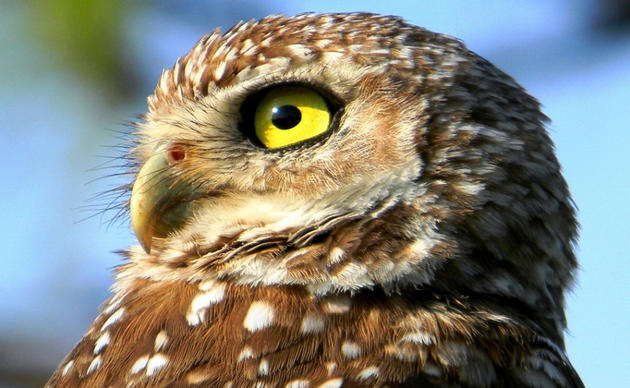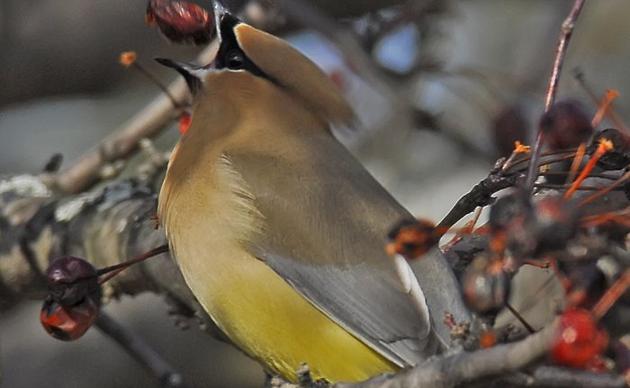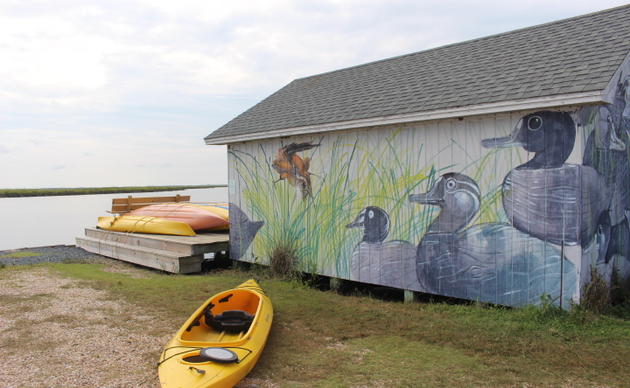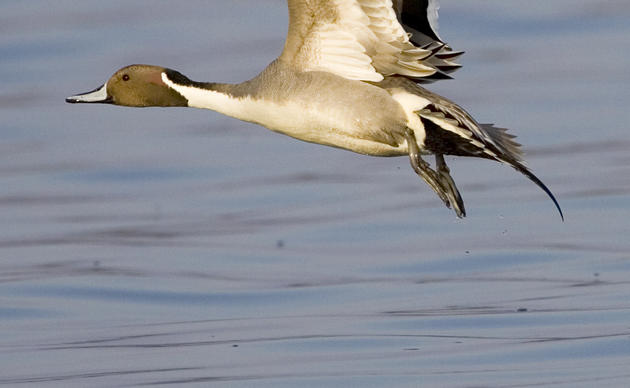First Audubon Center in North Carolina
In January 2012, National Audubon Society's Board of Directors approved plans to complete the architectural design for all renovations and construction needed to develop the Sanctuary as the home of North Carolina's first Audubon Center.
The Donal C. O’Brien, Jr. Sanctuary and Audubon Center, named for Audubon’s legendary board chair, has now joined the ranks of 47 Audubon Centers across the country, which include beloved birding destinations such as the fabled Corkscrew Swamp in Florida and Beidler Forest in South Carolina. These centers introduce visitors to the natural world - and inspire them to help protect it.
Audubon is working closely with community leaders to develop a vision for this Sanctuary as a nature, education and research center that will offer guests an array of environmental experiences. From exploring the vast expanse of Currituck Sound to studying the smaller wonders of nature, Audubon will utilize the Sanctuary and Audubon Center to understand and enhance the region’s vital landscape.
Conservation Management at the Sanctuary
In developing a conservation management plan for the sanctuary, Audubon staff must factor in the area's changing natural dynamics.
Water quality is an issue of concern for all of Currituck Sound. As the loss of submerged aquatic vegetation continues, declines in waterfowl and fisheries have been attributed to increased salinity, turbidity and non-point source pollution. Increased development and recreational activity across the Currituck region is also contributing to the disturbance of birds. Additionally, sea level rise is projected to impact the northeastern part of the state more than almost anywhere else along the Atlantic Seaboard.
Audubon’s Sanctuary will become a central hub for discussing and modeling appropriate responses to climate change, and other conservation issues affecting birds today. Our new planned facilities will allow this one-time private preserve to become a place where universities and other institutions can utilize a living laboratory that gives students and faculty an opportunity to learn and explore.
Our staff and stakeholders have already begun to identify key themes that are shaping the vision of the Sanctuary and Audubon Center.
* With its great diversity of native flora and fauna, the site will evolve into a natural attraction for the area, giving residents and visitors alike a vital connection to the nature of North Carolina, while creating economic benefits for the region.
* The Audubon Sanctuary is envisioned as a special destination for people as well as wildlife that will offer visitors an immersive experience and many educational opportunities.
* The extensive marshlands support secretive birds and wildlife that have yet to be fully documented. The initial work at the Sanctuary will involve conducting research and inventories of the natural resources.
* Audubon will serve as the catalyst for the restoration of Currituck Sound. Through the restoration of marsh and submerged aquatic ecosystems we will help rebuild the infrastructure of the sound, allowing birds and other wildlife to flourish. By proactively addressing sea level rise, we will ensure these ecosystems continue to survive and thrive.
* The Sanctuary promises to be a conservation hub for Audubon North Carolina and the region. Northeastern North Carolina is home to one of the largest concentrations of Important Bird Areas in North Carolina. Several national wildlife refuges are located within a three-hour drive of the Sanctuary including Mattamuskeet, Pocosin Lakes, Alligator River, Pea Island, Mackay Island, Currituck Banks and Great Dismal Swamp.
To learn more about the plans, events and research opportunities at the Sanctuary, sign-up for our eBulletin.
How you can help, right now
Stay in Touch with Pine Island
Learn about the bird conservation research taking place at Pine Island and find nature-focused events happening at this Important Bird Area along the Outer Banks in our periodic eBulletin.
Kayak Sign-up
Click Orange Button to register for Guided Kayak Programs
Protect the Sanctuary
Every donation will be used to protect the 6,000 acres of marsh complex within the sanctuary and the wildlife it supports.




